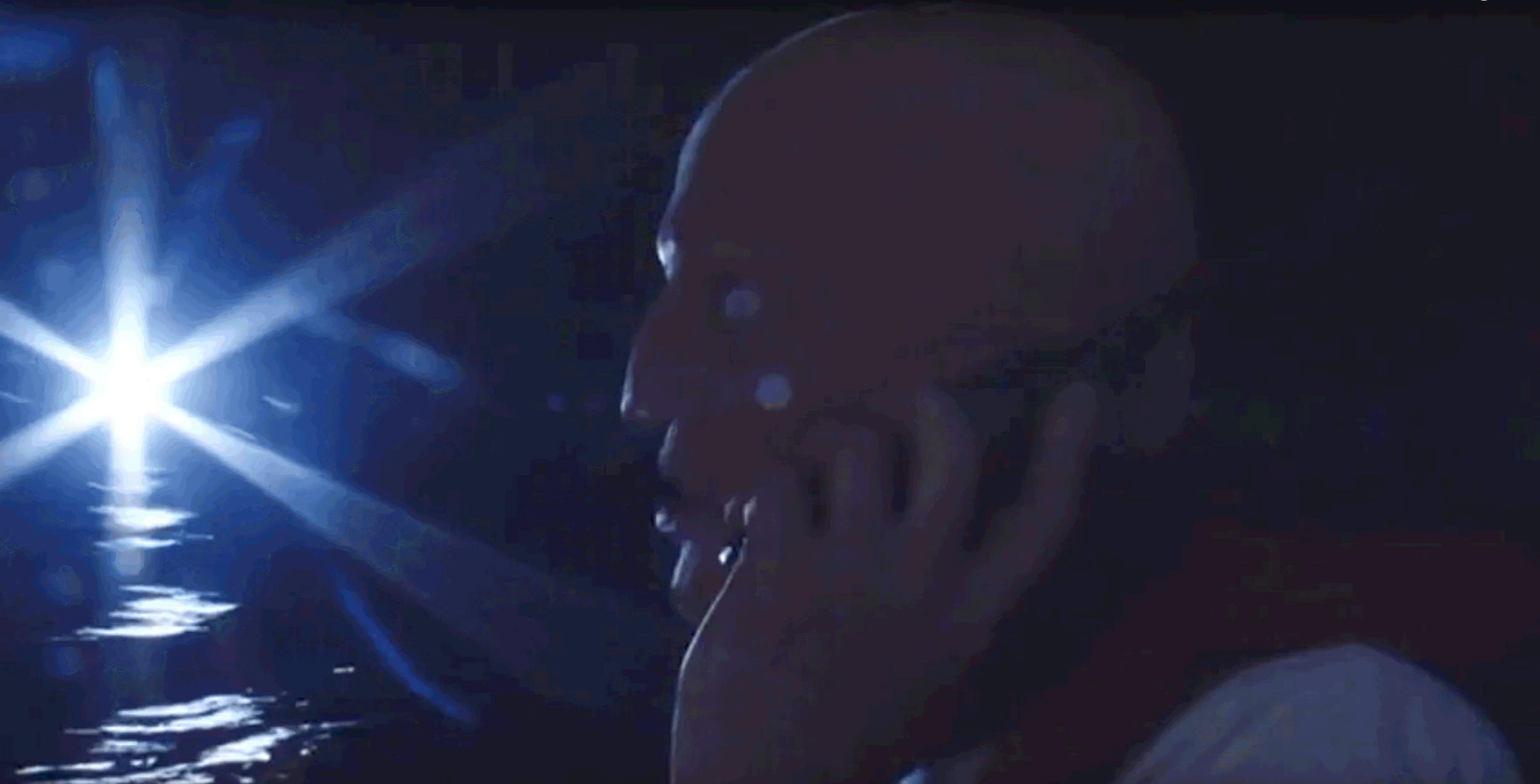Youth Violence
Youth violence is again at the top of the news agenda as the result of the recent murder of Rhys Jones,an eleven-year-old boy from Liverpool. His callous slaying at such a tender age has shocked the nation and sparked a series of public and media debates about the phenomenon of youth violence and its root causes.
Absent fathers, school exclusions, bad housing and rap music were the chief suspects touted by pundits and social-commentators when the phenomenon was more widely thought of as "black on black." But, now that young "white boys" are increasingly being portrayed in the media as both victims and perpetrators, a whole new approach to the subject is underway.
Underage drinking is now prominently featured as a root cause and the side-effects of consumerism, celebrity culture, and the lack of manual jobs for unskilled youth are now discussed as contributing factors. The media's quick terminology edit from "black on black violence" to the more generic "youth violence" highlights this new approach toward the problem, rather than blaming wayward marginalised communities.
I have found it interesting to observe the two-tier manner in which both the media and the police have responded to the death of Rhys Jones. In this instance, a press conference was called immediately, whereby the distraught parents were given the opportunity to state Rhys's innocence and dispel any misconceptions the public may have had in regards to his involvement with gangs or drugs. Days later, the area of the shooting was still cordoned off and the police could be seen on their hands and knees sifting through shrubs and debris in search of evidence. The media published and televised the empathetic pleas of Senior Police Officers for individual witnesses to come forward and break the wall of silence and the Prime Minister himself made a personal pledge to see to it that Rhys's killer was apprehended and punished.
If this same approach had been applied to investigating deaths within the black community, perhaps the message would have been clearer to those who perpetrate such acts that society was not willing to tolerate such behaviour. Instead, for many years, prior to the formation of Operation Trident, gunmen and killers within the black community could set about their deadly deeds with impunity and the arrogant self-assurance that the media would portray their black victims as criminal or suspect and that there wouldn't be any determined police investigation. Further, the lack of any individual witnesses in murder cases would often be defined as a lack of cooperation and a conspiracy of silence on the part of the black community, thus aggravating the already tense relationship that existed between the media, the police and the black community.
Several years ago, I sat in the office of a Channel Four executive trying to convince him to commission a documentary about the spate of violence that was plaguing black communities across the country. His comment, which has stuck with me ever since, gave me an understanding of how such issues are framed within the British media. He said: "Such a story would not be appealing to Middle-England."
Rhys Jones's slaying is a tragedy, not just for his family and friends, but for Britain and society as a whole. The murder of Rhys Jones has caused outrage and a sense of public indignation in a way that the fatal shooting of Toni-Ann Byfield, a seven-year old black girl, never could. It is unfortunate that it takes the murder of a pre-pubescent white boy to get "Middle England's" attention, but now that we have it, perhaps we can collectively try and find solutions to this growing problem of youth violence that threatens to destabilise society.














